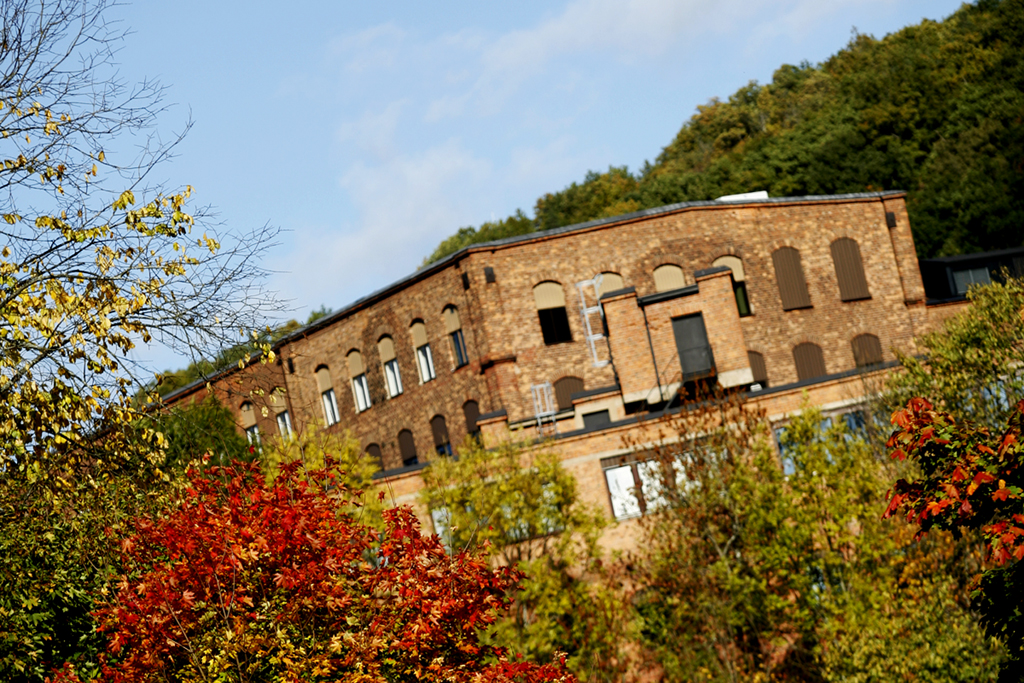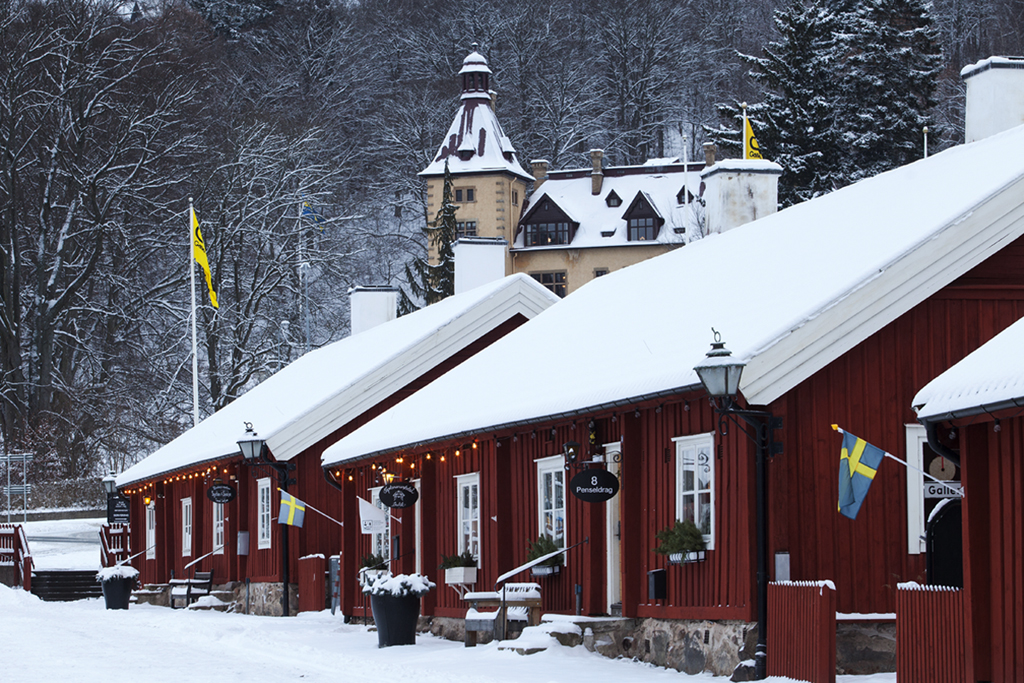Official visitors guide
Jönköping | Huskvarna
Gränna | Visingsö
Official visitors guide
Jönköping | Huskvarna
Gränna | Visingsö
In Huskvarna the church stands where it does because Wilhelm Tham said so. In Huskvarna in the 1910s, everything was situated where it was because works proprietor Tham, in his English-inspired palace, wanted it that way.
“Wilhelm Tham has had a greater influence than any other private individual on both the area and the Husqvarna company,” Husqvarna Museum Director Rickard Bindberg says.

When Wilhelm Tham came to the Husqvarna company in 1872, his predecessors were on the verge of closing it down. Orders for weapons from the government were drying up, and even though production of sewing machines had begun, they had not found their market yet. Wilhelm Tham swept in with vigour and dash and belief in the future. He saw opportunities that nobody else dared to give a glance, and during his time as managing director, sales doubled 34 times.
“Those who were directors before him were from the Ankarkrona family, and all of them were military. For them it was no doubt very natural to continue with military weapons production, and they probably found it a little difficult to let go of this. Tham did not have that background, but had some fresh ideas and was a rather far-sighted man for his time,” Rickard Bindberg says.

Wilhelm Tham was not only a manufacturer. He also was a driving force for turning Huskvarna into a city in its own right. Inspired by what he had seen during a visit to relatives in England, he made sure that Huskvarna was rebuilt as a garden city. In other words, city planning was introduced based on many small buildings with gardens, cultivation of vegetables and poultry farms. He was a rather resolute man and wanted workers to have a good life. He arranged for doctors and schools and built churches, mission halls and areas with owner-occupied houses. He was extremely keen on his workers, but at the same time expected them to know their place. He decided who should live where and even sometimes what their names should be.
“If they already has three Johan Karlssons at the factory, he decided that the fourth person with the same name had to be called Persson or Andersson instead. Tham was able to make such decisions,” Bindberg continues.
Wilhelm Tham did not exactly die at his post, but almost. On Friday, August 2, 1911, he was working as usual but certainly did not feel well. Later in the evening he died at home, most likely from a stroke.
“He probably saw himself as the father of Huskvarna. He was indeed religious, too, and had no doubt that he was placed on earth for a mission: to put the factory and the city here in order,” Bindberg says.